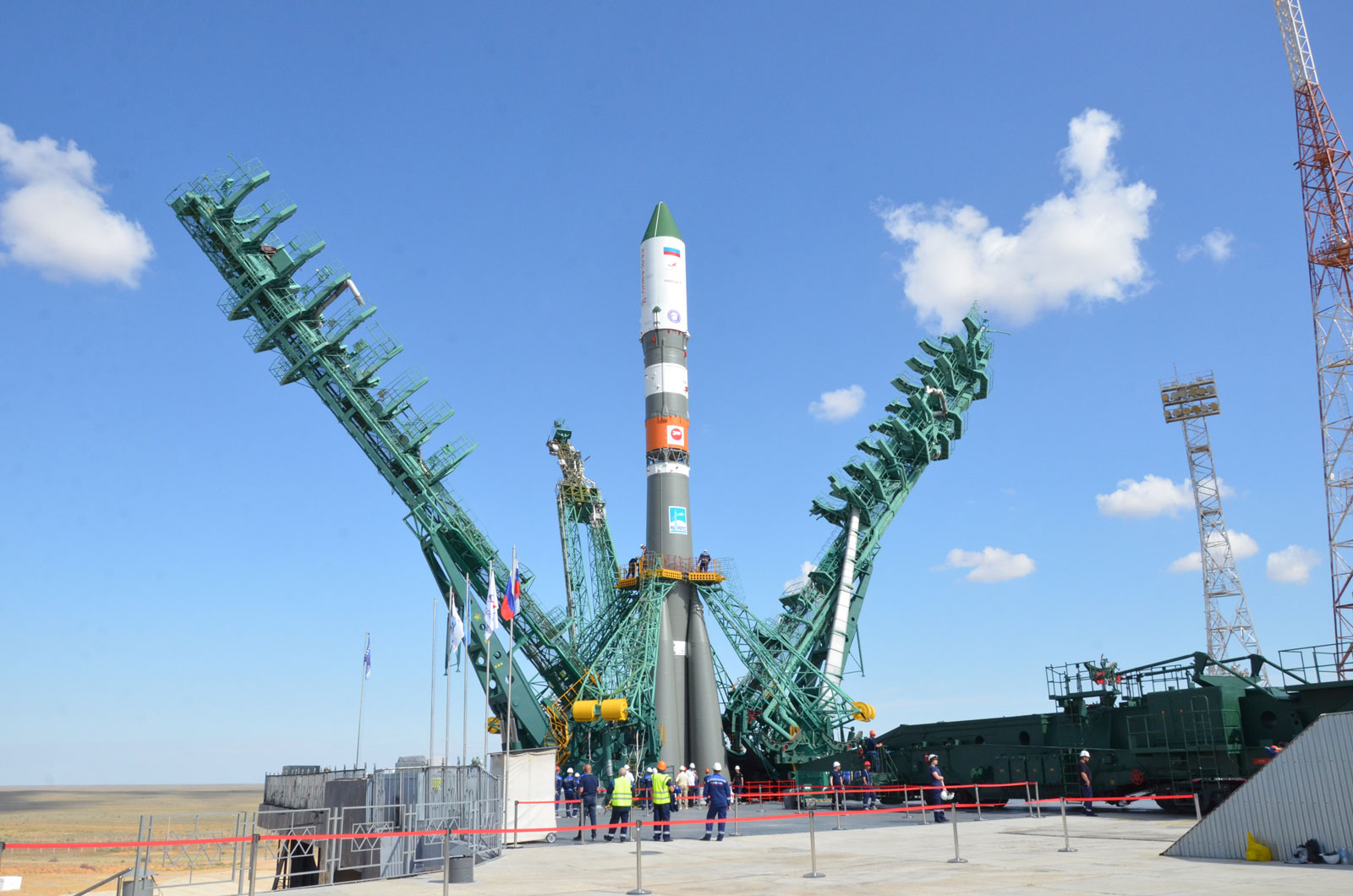ROSCOSMOS Launch Schedule
Stay updated on ROSCOSMOS's rocket launches with our real-time schedule. You can see 8 planned space missions on our website. Watch the live stream of any ROSCOSMOS rocket launch happening today.
Launch Service Provider
Vehicle
Mission
Obzor-R No.1
Mission Type
Earth Science
Destination
Sun-Synchronous Orbit
The Russian Obzor-R satellite is a planned X-band radar earth observation satellite designed by TsSKB-Progress. In 2012, the development of the Arkon-2M radar satellite was stopped and instead the development of the Obzor-R was initiated. The satellite features the BRLK X-band Synthetic Aperture Radar as the imaging instrument with a ground resolution of 500 m.
Last Update: NET December 24.
🔔 Set up an email alert for upcoming launches
Get a weekly email containing all launches scheduled for the coming week.
Upcoming ROSCOSMOS Launches
28 Dec, 1:18pm
UTC
A pair of Russian optical Earth observation satellites built by the Progress Rocket Space Centre for obtaining stereo images of the Earth's surface, with maximum resolution of 1.2 m in panchromatic mode and a swath width of 32 km. 20 small satellites will also be launched as ride-share payloads.
Last Update: GO for launch.
22 Mar 2026, 11:59am
UTC
Progress resupply mission to the International Space Station.
Last Update: NET March 22.
25 Apr 2026, 10:21pm
UTC
Progress resupply mission to the International Space Station.
Updated: Dec 22, 6:00pm UTC
17 Jun 2026, 1:40am
UTC
Progress resupply mission to the International Space Station.
Updated: Dec 22, 6:00pm UTC
14 Jul 2026, 2:43pm
UTC
Soyuz MS-29 will carry three cosmonauts and one astronaut to the International Space Station aboard the Soyuz spacecraft from the Baikonur Cosmodrome in Kazakhstan. The crew consists of Roscosmos cosmonauts Pyotr Dubrov and Anna Kikina, as well as NASA astronaut Anil Menon.
Last Update: NET July 14.
Luna 26 (also named Luna-Resurs) is a planned lunar polar orbiter, part of the Luna-Glob program, by the Russian space agency Roscosmos. In addition to its scientific role, the Luna 26 orbiter would also function as a telecommunication relay between Earth and Russian landed assets. The scientific payload on board the orbiter is composed of fourteen instruments that will be fabricated by Russia. The payload will study the lunar surface and the environment around the Moon, including the solar wind, and high-energy cosmic rays. Luna 26 will also scout sites for the planned Luna 27 landing mission. Luna 26 is the second mission of Russia's new lunar program, which includes the launch of Luna 27, a heavy lander that will study the composition of the lunar soil by collecting several samples. Luna 28, a lunar samples return mission, will be the first to return samples at lunar temperature, and will serve as a demonstration for a future Martian samples return mission. Finally, Luna 29 should land a heavy lunar rover on the surface.
Updated: Jan 3, 8:05pm UTC
Luna 27 (also named Luna-Resurs 1) is a planned lunar lander mission by Roscosmos to send a lander to the South Pole–Aitken basin, an area on the far side of the Moon. The purpose is to prospect for minerals, volatiles (nitrogen, water, carbon dioxide, ammonia, hydrogen, methane and sulfur dioxide, and lunar water ice in permanently shadowed areas of the Moon and investigate the potential use of these natural lunar resources. On the long term, Russia considers building a crewed base on the Moon's far side that would bring scientific and commercial benefits. The lander will feature 15 science instruments that will analyse the regolith, plasma in the exosphere, dust, and seismic activity. The payload will include a sampling drill.
Updated: Feb 15, 11:17pm UTC


